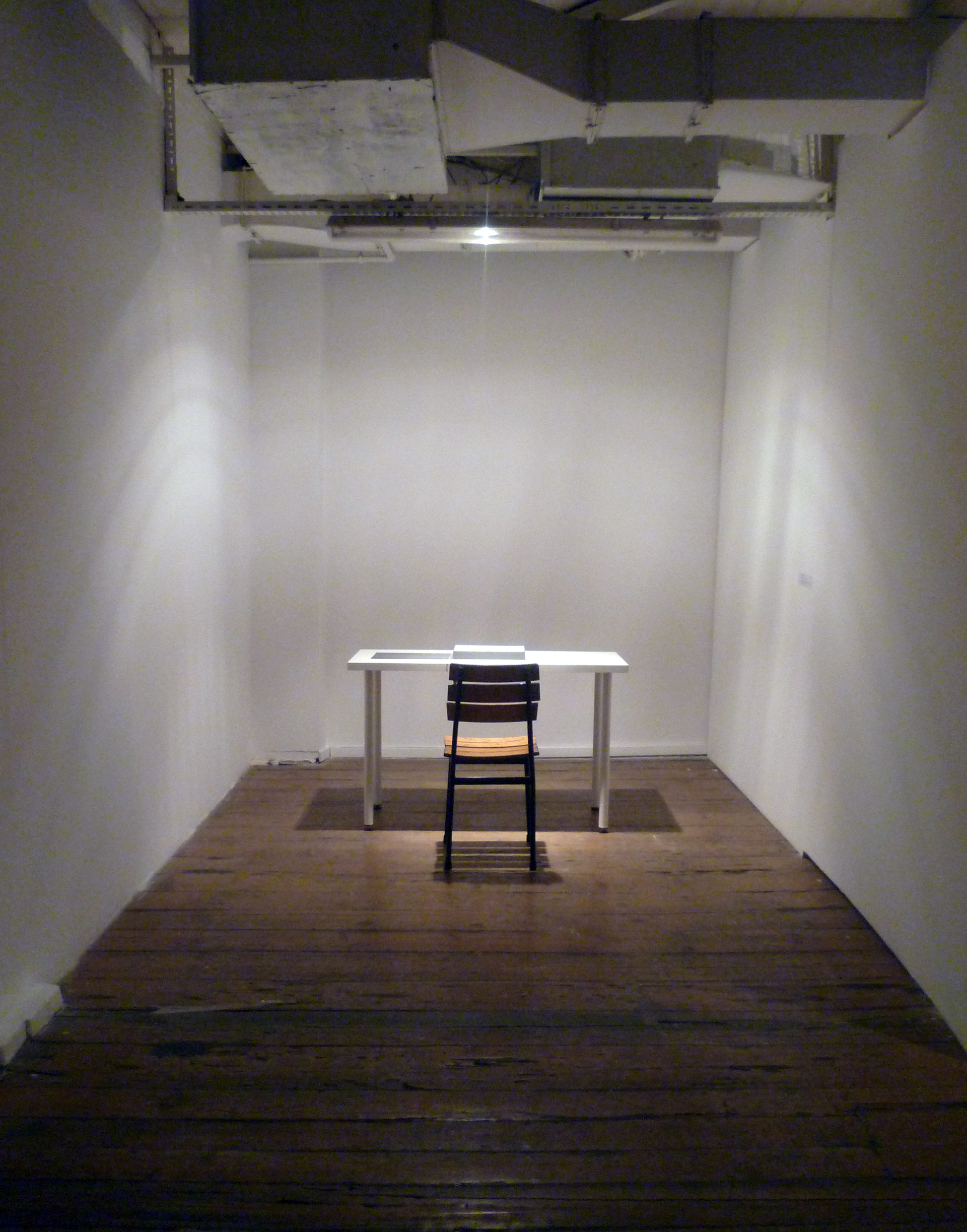
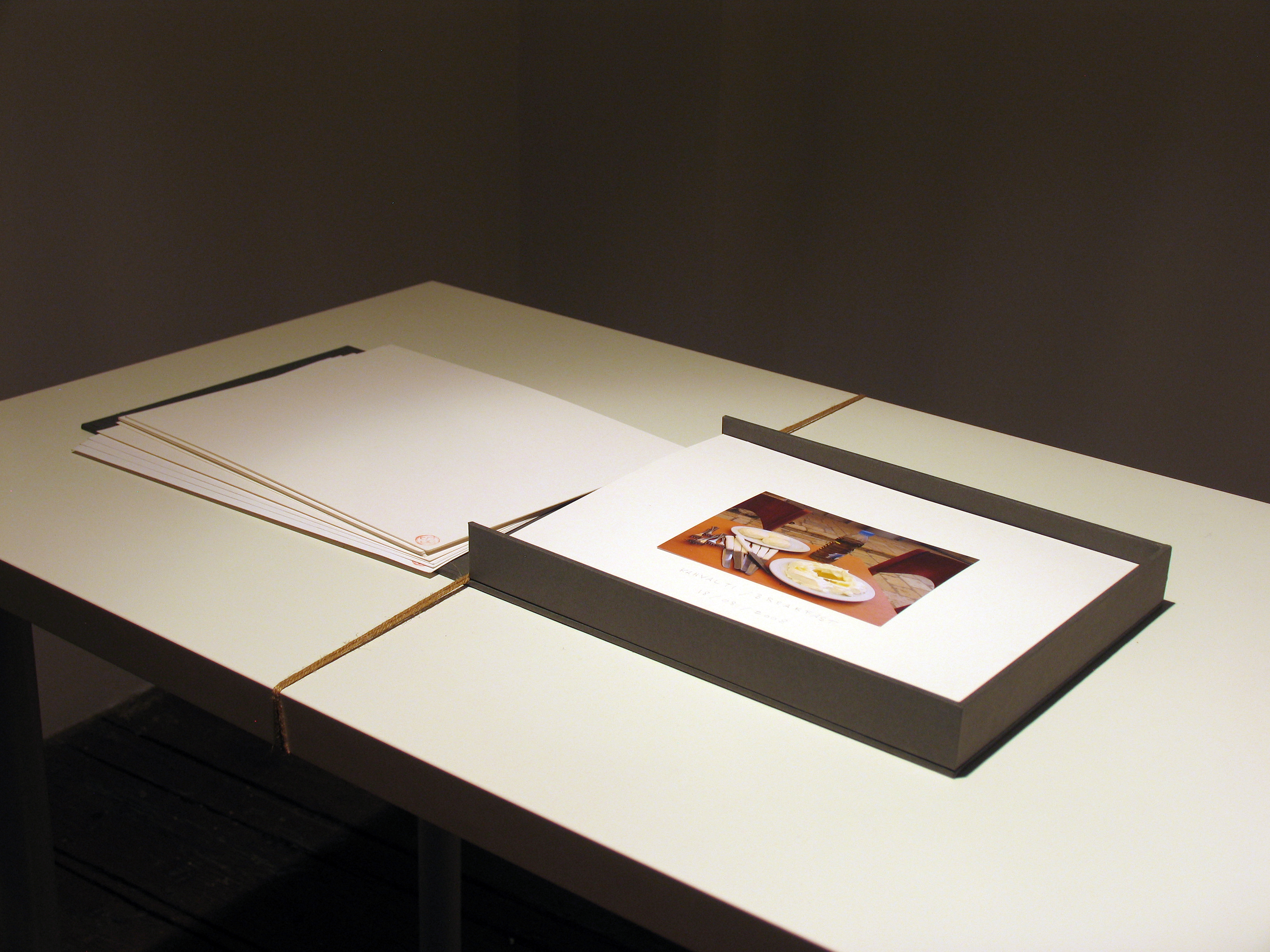
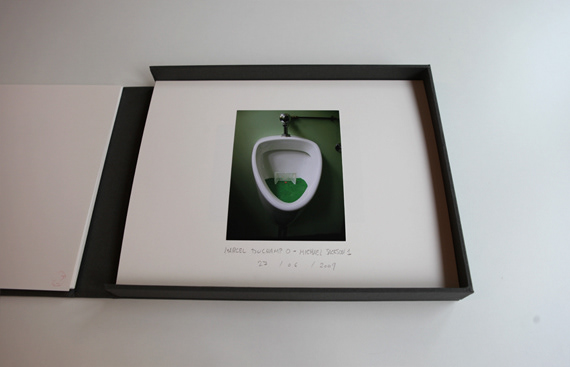
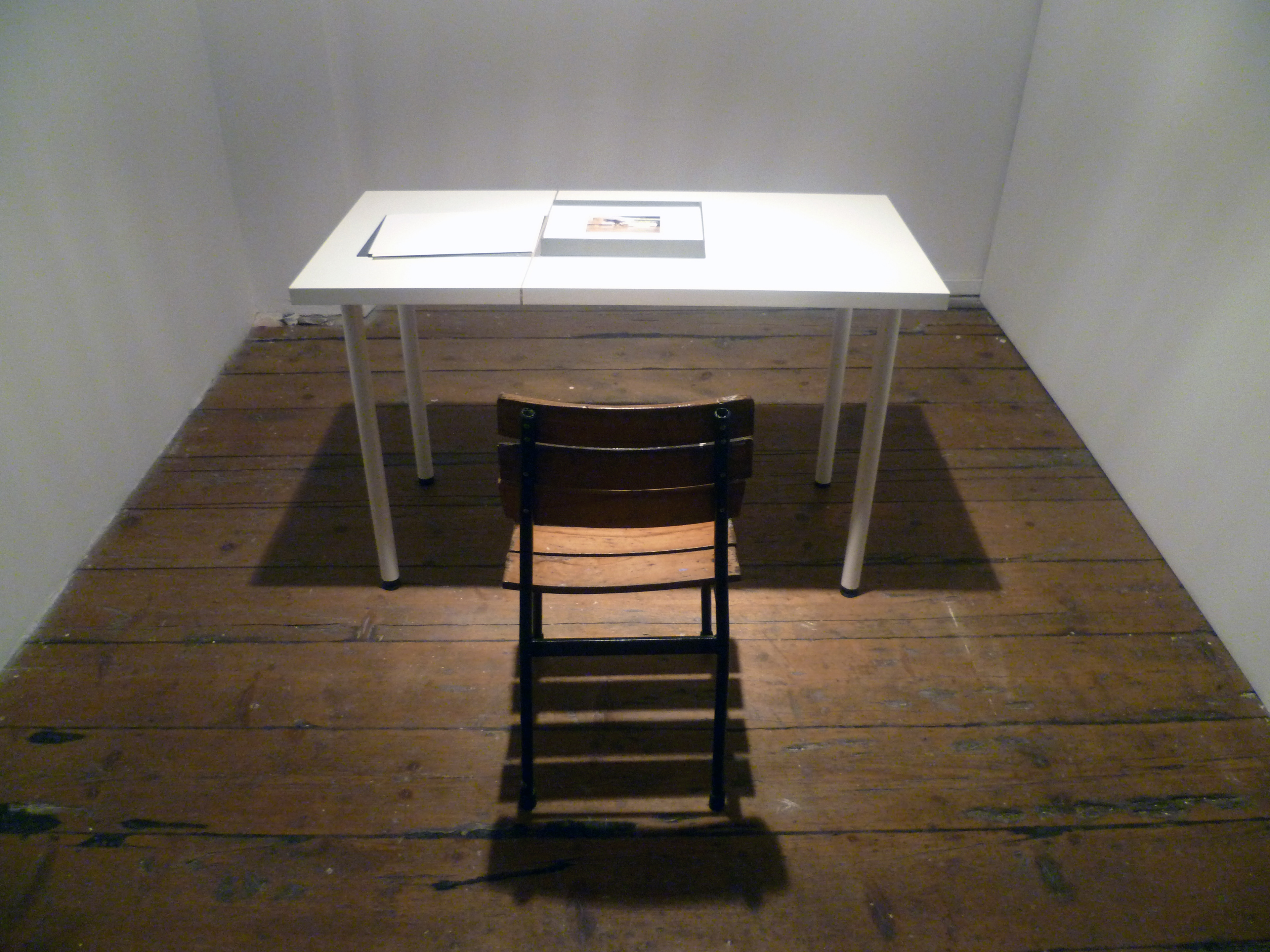
"To walk is to think." Spinoza
At that point where I attributed the notion of flâneurie to my wanderings, this quote from Spinoza becomes more meaningful. Similarly, my journey in art obtains a deeper meaning and form when I wander around until I get lost, when I pick some objects I find here and there, or sometimes when I manage to penetrate into and filter things. As flâneur, when I walk around the city or in the woods, I cannot always pick up what I see and slip it into my pocket. Instead, I take photos of these scenes or moments. These photos are the "News / Impressions."
Ayse and Alpagut picked me up at a corner in Akatlar. We drove for a while through streets I didn't recognize. After a while, we left the car somewhere uphill. One of them said our print house was there. It was the first time I had been inside the Mas print house. There was machinery, blank paper, printed paper, packed, cut-out book mock-ups, paper thrown here and there. We had entered the print house from the machine room.
We took the elevator. The second foor was quieter, with computers. This was the place where the books were edited. I was introduced to Cenap Bey. After a couple of phone calls in his office, we took the elevator once again. All of a sudden, I found myself on the top floor, on a terrace decorated with fowers. On the left, there was a large sliding door. Behind the door, there was Lokman Bey, who was talking to his parrot, one he had bought just recently, as I was told later. In fact, he was trying to reconcile with his parrot who had escaped but had later been found. Bu its a long story and I am sure Lokman Bey would tell it much beter tam I can. Sul, I can share this bit of information I learned that day: a parce gets attached to its owner and only to its owner. If the owner treats the parrot badly, if the parrot gets annoyed by some particular behavious. he simply gets vexed with the owner. It may take a while before the parrot forgives the wrongdoing. Well, that day, while Lokman Bey was trying to reconcile with his parrot, we walked in.
After a while Ufuk came in, holding a bunch of paper and colour catalogues. We were designing a book.
During this meeting at the printing house, we discussed stuff like the choice of paper, some technical issues, doing some illustrations and taking some notes. I was among people who were thinking and talking as they held pens in their hands. We were speaking similar languages. I felt that, we took similar actions and had similar reflexes when it came to designing products.
We were designing a special limited-edition book of 50 to cover my News/Impressions photos. Finally, 50 copies of News/ Impressions were printed, each copy handwritten, numbered and signed. It came out as a very elegant boxed book, including 51 of my photographs.
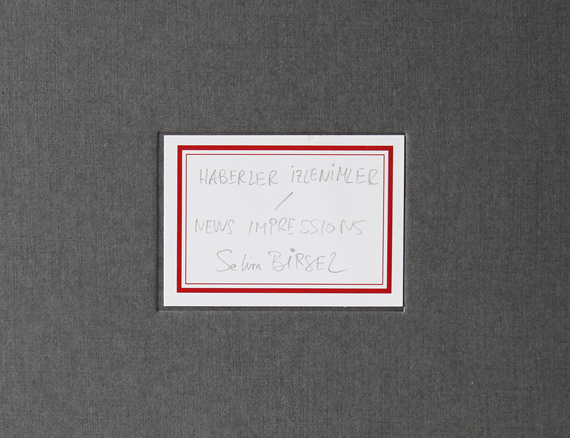


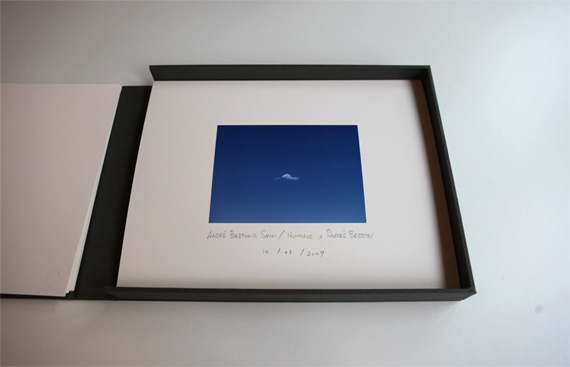
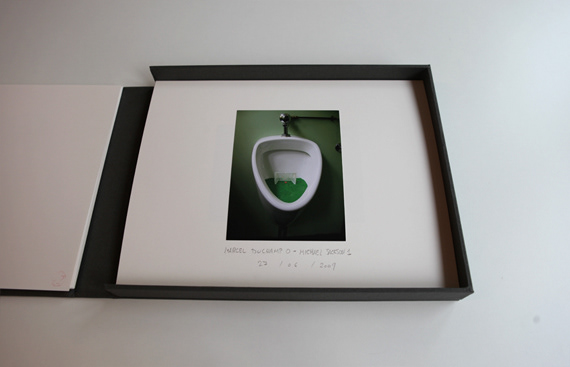
News / Impressions, 2013
In the 80s, I used to think a lot about photography and spend my days in the dark room, developing and printing images. These photos were usually black-and-white. In those days, we had to put films in the camera. We could take only 36 shots, and we couldn’t see right away what had been shot. Taking photographs was just the beginning of a major undertaking and process that took quite a lot of time. The shots taken are developed to provide the contact sheet from which you would start working on the preliminary samples under an enlarger and a red light. Needless to say that after the size and the frame of the shot is established came the process of masking to give certain areas of the picture more or less light as desired. Photographing and the laboratory work needed to develop a picture was quite a different process from the digital photography rhythm of our times.
I guess, after I left the dark room, my deliberations about photography and practices of shooting eased off. However, for purposes of documentation, I persisted, taking photos of my paintings, sculptures and installations. Today, in the 21" century, our photography is mostly digital and our approach toward photography has evolved. For instance, today we are not restricted to a 36-shot limit. On the other hand, our decision-making mechanism has had to change significantly since now we have to choose one shot from among 200 alternatives, instead of 36. We have learned how to think with a "delete" key in our minds. We can see what we have just shot. We can either delete it or share it with someone else far away at that very moment.
[…]
After all, it is no one else but me who sets the rules or violates them. Indeed, I think it is best to violate now and then, to be flexible about the rules, like being flexible while shooting. A friend of mine defines this activity as an offshoot of Mail Art, a popular form of the 70s." I do not disagree. Still, I prefer keeping News/ Impressions out of any form of social networking. From a more personal standpoint, I would rather share them my own way, a method I constructed through the years. Sometimes I receive responses to my posts.
News/Impressions can be seen as an account of how I see things, my mood at the moment, what I witness, where and how I view what I see.